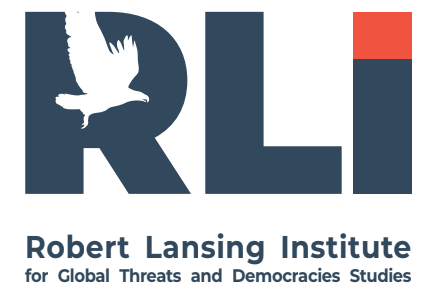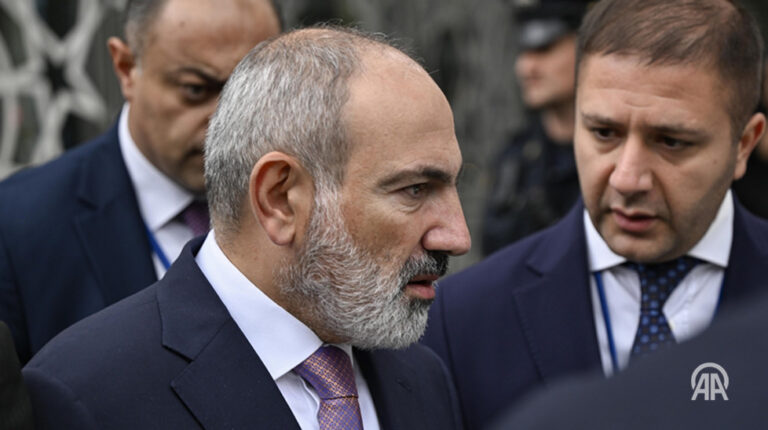Executive Summary
The recent coup attempt in Armenia marks the most serious threat to Prime Minister Nikol Pashinyan’s authority since the 2020 Nagorno-Karabakh war. This event reveals a volatile intersection of pro-Russian elite backlash, disaffected security structures, and geopolitical contestation over Armenia’s alignment between Moscow and the West. While the coup failed, the risks to Armenia’s democratic institutions and sovereignty remain acute. Scenarios and risks of a pro-Russian coup attempt in Armenia have been forecast by us since 2020.(Links below).
1. Key Players Behind the Coup Attempt
A. Retired Military Figures and Nationalist Politicians
- Coup instigators included ex-military officers, such as retired generals who had publicly criticized Pashinyan for his handling of the Karabakh conflict and rapprochement with the West.
- Alleged involvement of figures linked to the “Hayrenik” (Homeland) Party, which maintains ties to Russia’s United Russia party.
B. Security Service Defectors
- Reports indicate participation by mid-ranking officers from the National Security Service (NSS) and some elements of military intelligence, who have resisted Western-oriented reforms.
C. Pro-Russian Oligarchic Circles
- Business elites tied to Russian capital flows (banking, energy, infrastructure) are suspected of funding coup coordination.
- These circles have lost political influence under Pashinyan’s transparency agenda and see regime change as a path back to power.
2. Russian Links and Possible Involvement
A. Ideological and Personal Connections
- Several coup sympathizers have maintained personal ties to Russian military academies, Orthodox networks, and FSB-affiliated “military brotherhoods.”
B. Moscow’s Strategic Motivation
- The Kremlin has lost confidence in Pashinyan, especially after:
- Armenia’s withdrawal from CSTO exercises
- Deepening ties with the EU and U.S. (defense, democracy support)
- Hosting Western observers and NATO officials
While there is no conclusive proof of direct Russian command, the ideological alignment, coordination patterns, and propaganda synchronization with Kremlin narratives suggest at least tacit approval or facilitation.
3. Why Now?
A. Collapse of Russia’s Regional Influence
- The coup attempt comes after Russia’s failure to support Armenia militarily during Azerbaijani incursions.
- As Armenia shifts westward, pro-Russian actors view this as a now-or-never moment to stop irreversible realignment.
B. Domestic Fragility and Elite Panic
- Public dissatisfaction over:
- Losses in Karabakh
- Russian betrayal
- Perceived Western hesitation to offer full security guarantees
Pro-Russian elites fear they are being purged — their influence, assets, and relevance are in freefall.
C. International Distraction
- The Kremlin may have seen an opening amid global distractions (e.g., U.S. elections, Israel-Gaza war) to reshape Armenia’s trajectory covertly.
🕰️ 4. Historical Precedents
A. 2021 Army Statement
- In February 2021, Armenia’s military leadership issued a statement demanding Pashinyan’s resignation. Though no coup followed, it marked the first major attempt to challenge civilian control since independence.
B. Post-Soviet Pattern of Pressure
- Russia has previously backed soft coups or destabilization in Georgia (2003–2008), Moldova (2019), and Kyrgyzstan.
- Armenia’s strategic geography and political evolution make it a high-value target for the same playbook.
5. Consequences of the Attempt
A. Domestic
- Short-term political polarization intensifies
- Security reforms may accelerate, with increased vetting of pro-Russian officers
- Risk of civil-military fracture remains high
B. International
- EU, U.S., and NATO states have condemned the coup attempt — expect increased Western backing for Pashinyan
- The CSTO’s irrelevance is now undeniable, possibly pushing Armenia to formalize its exit
C. Russian Blowback
- Moscow may escalate hybrid measures:
- Economic sabotage
- Cyberattacks
- Information warfare via Armenian pro-Russian media outlets
6. Future Risks for Pashinyan’s Regime
| Risk | Description | Probability | Severity |
| Renewed Coup Attempt | Possible by reorganized elite-military networks | Medium | High |
| Kremlin-Backed Destabilization | Economic, cyber, or protest agitation | High | Medium-High |
| Public Trust Erosion | If reforms falter or security fails | Medium | High |
| Azerbaijan Escalation | Baku may use Armenian instability to push militarily | Medium | Very High |
Conclusion
The attempted coup in Armenia is not merely an internal crisis — it is a proxy battle for Armenia’s future alignment. Pashinyan survived this round, but risks remain high, especially as Moscow’s influence crumbles and desperation grows.
To secure Armenia’s future, his government must:
- Deepen security reform
- Strengthen alliances with Western democracies
- Increase resilience to hybrid threats
Russia and the Armenian Apostolic Church: Strategic Connections
1. Direct Institutional Links
- The Russian Orthodox Church (ROC) and the Armenian Apostolic Church (AAC) enjoy officially warm relations.
- Russian officials and church diplomats regularly attend joint interfaith forums, cultural exchanges, and “traditional values” conferences, reinforcing ideological alignment.
These ties serve Kremlin narratives about defending Orthodoxy and resisting Western liberalism.
2. Armenian Church in Russia as a Political Tool
- The Diocese of the Armenian Apostolic Church in Moscow is highly visible and well-funded.
- Clergy are often vetted or co-opted by Russian authorities — through:
- FSB infiltration
- Diplomatic pressure
- Financial subsidies
This gives Moscow indirect leverage over religious messaging and diaspora politics — especially among Armenians in Russia and Georgia.
3. Sympathetic Clergy in Armenia
- Certain senior Armenian Church figures in Yerevan and Echmiadzin have expressed criticism of Pashinyan or echoed Russian narratives:
- Denouncing the West
- Opposing CSTO withdrawal
- Calling for “traditional order”
These voices create a cultural and moral counterweight to democratic, pro-European policies.
🛠️ . Church as a Channel for Pro-Russian Elite Messaging
- During recent protests and political turmoil:
- Some clerics have implicitly or explicitly supported opposition to Pashinyan.
- The Church has called for “national unity” — often a dog whistle for restoring ties with Moscow.
This positions the Church as a nationalist platform that Russia can exploit during regime-threatening events like coup attempts.
5. Examples of Russian Church-State Soft Power in Action
| Event | Religious Role | Political Goal |
| 2020 Karabakh War aftermath | AAC bishops called for “moral renewal” and supported anti-Pashinyan rallies | Reframe defeat as moral-political failure, pressure government |
| 2021 military resignation crisis | Some clergy supported army’s statement against Pashinyan | Amplify legitimacy of “national salvation” framing |
| 2024–25 realignment with West | Church figures warned of “loss of values” and “dangerous Western influence” | Echo Kremlin talking points on spiritual sovereignty |
Strategic Assessment
The Armenian Church is not a monolith, but parts of its structure have become vulnerable to Kremlin narratives — especially:
- Conservative factions
- Church-linked charities receiving Russian aid
- Clerics with family or education ties in Russia
For Moscow, the Church is a non-military tool to:
- Influence public opinion
- Mobilize conservative resistance
- Create legitimacy for political alternatives
The most likely Russian intelligence agency behind the coup attempt in Armenia — whether through direct orchestration or indirect facilitation — is the GRU (Main Directorate of the General Staff). However, elements of the FSB and SVR may also play supporting roles in influence, recruitment, and coordination.
Here’s a breakdown of how each agency could be involved, and why the GRU stands out as the primary actor:
1. GRU (Main Intelligence Directorate) — Primary Suspect
Why the GRU?
- The GRU controls Russian military intelligence operations abroad, including relationships with:
- Former Soviet military elites,
- Intelligence veterans,
- Pro-Russian paramilitary networks,
Methods Used:
- Maintaining ties with retired Armenian officers trained in Russian academies
- Assisting in covert coordination (secure comms, logistics)
- Encouraging military factions to challenge Pashinyan under the guise of restoring order or “national pride”
Precedent:
- GRU was behind the failed 2016 coup in Montenegro
- Involved in political sabotage in Ukraine before 2014 and in eastern Ukraine during the war
In Armenia, the GRU likely sees pro-Russian generals and disgruntled NSS officers as natural assets for restoring influence.
2. FSB (Federal Security Service) — Domestic Support & Soft Sabotage
Why the FSB?
- FSB handles internal counterintelligence and “near abroad” subversion
- Manages FSB liaison offices in post-Soviet states, including Armenia
Likely Role:
- Infiltrating or influencing Armenia’s National Security Service (NSS)
- Supporting media psy-ops and anti-Western disinformation
- Facilitating coordination between oligarchic circles and disaffected bureaucrats
FSB’s goal is to foster conditions for instability, but leave military action to the GRU.
3. SVR (Foreign Intelligence Service) — Strategic Cover
Why the SVR?
- Handles political intelligence and diplomatic cover operations
- Interfaces with church networks, Armenian diaspora, and pro-Moscow politicians
Likely Role:
- Influencing Armenian Church figures or exiled opposition
- Relaying “legal” political support to justify regime change
SVR may have helped shape narratives around “Western betrayal” or Karabakh defeat, feeding the pretext for a coup.
Conclusion: GRU Leads, Others Support
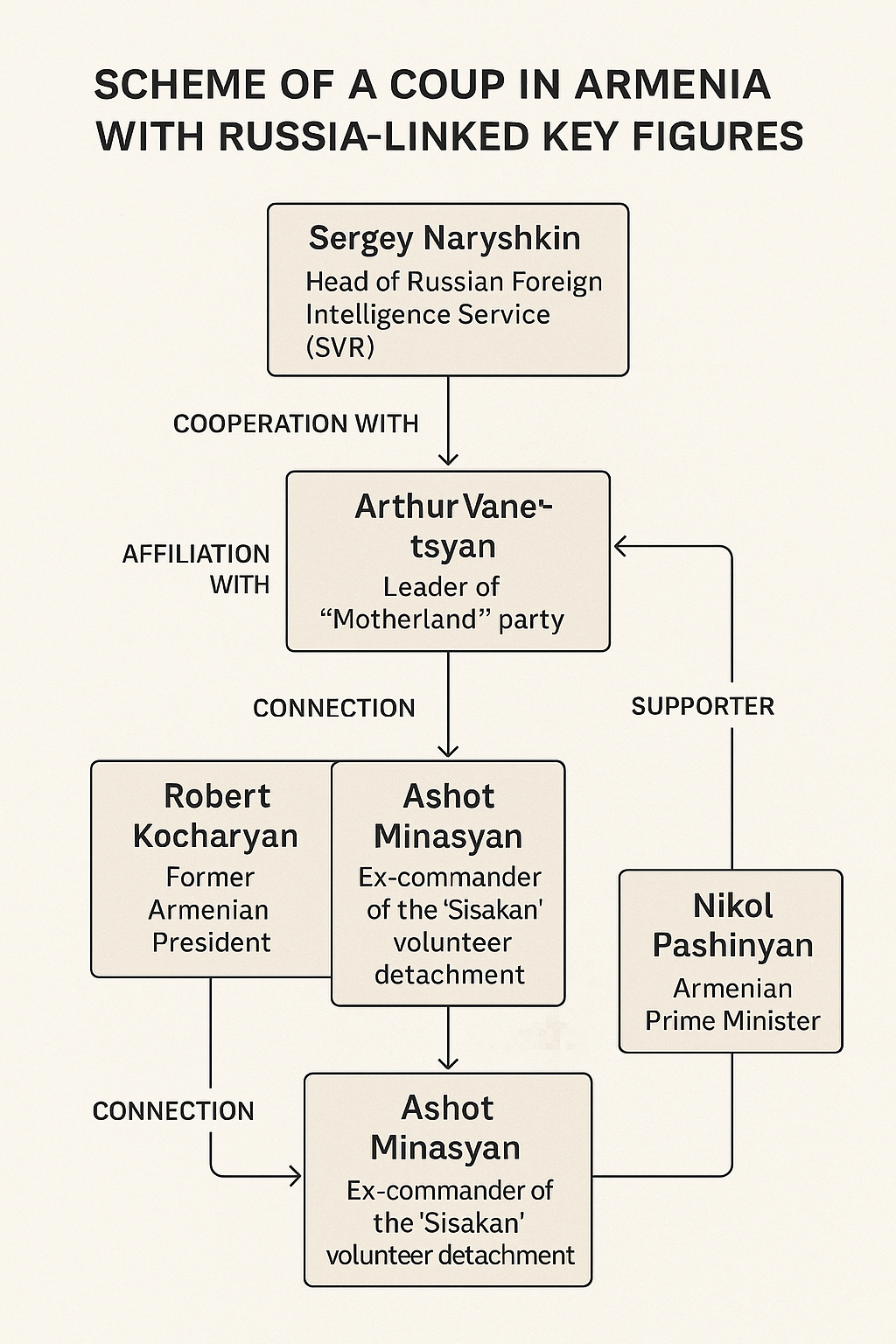
| Agency | Primary Role in Coup Context | Key Tools |
| GRU | Operational coordination, military recruitment | Former generals, secure comms, command ties |
| FSB | Soft subversion, internal security manipulation | NSS infiltration, disinfo ops, loyalist grooming |
| SVR | Political cover, church/diaspora influence | Diplomats, church networks, NGO fronts |
The GRU’s history of coups, access to military channels, and psychological warfare capabilities make it the most likely architect of the Armenian plot — especially given Russia’s frustration with Pashinyan’s pivot to the West.
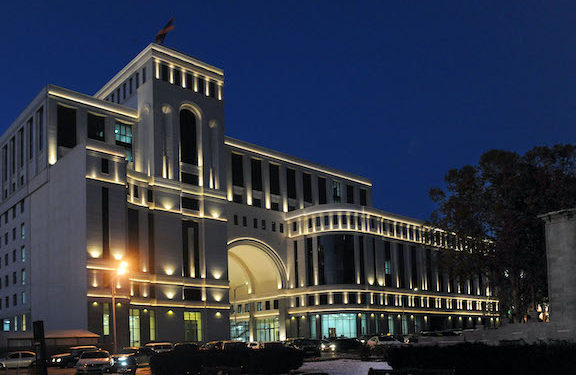


More on this story: Eventual scenarios to topple Pashinyan in Armenia
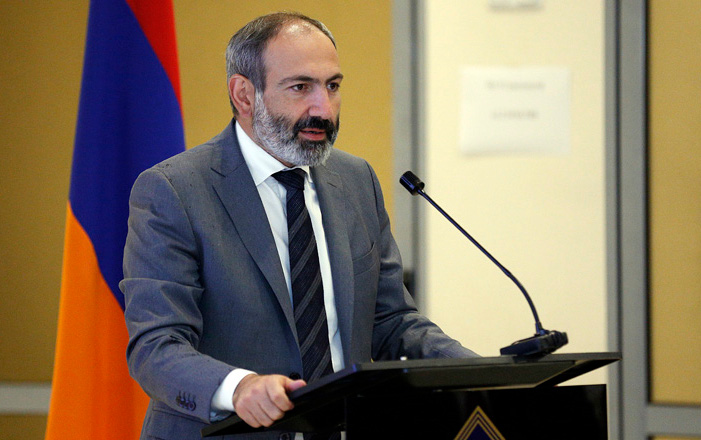
More on this story: The least alternative on the horizon to distance Yerevan from Russia
